|
JOE DAVIS IS AMAZING.
The documentary was really inspiring. To listen to him talk about the things he's interested is really inspiring. As someone who references science and bio artists, he makes me question whether or not I'm "science-y" enough. And this of course is something that I have been considering in my own work. Since my residency in NYC, I've been asking myself: "should the work look like ART or SCIENCE?" "should it be more science-like?" "do I need more data?" "is visual data enough?" "does my work reflect both science and art?" "how do I fit into the contemporary context of other bio artists?" During Joe's lecture he mentioned that a lot of times artists (and in his opinion bio-artists in particular) are very illiterate about real science. That is very true. During my journey of trying to find bio artists to look at and relate too, I notice that a lot of them just use the scientific jargon as a way to elevate the work. Sometimes they don't. But where does my work fit into that? Or perhaps more importantly where will my future work fit into that? I'm not going to lie, I've used some scientific jargon in titling my work- but I think I was doing it correctly and not just trying to elevate the work. I find that the art circles are almost more easily accepting of my work, whereas, the die-hard scientist is a much tougher critic in some ways. I like to consider both; or at least be aware of both sides of the audience. Joe's visit was so very inspiring. I was quite nervous before he arrived here, wondering what kind of interactions everyone would have with him. His visit surpassed all expectations and blew me away. He is so charming, down to earth, intellectual, and curious about most all things. I am eager for his return visit in the spring. He'll be with us for a week, and here while we're teaching the bio-art class. He's one of those people who can inspire with just a short conversation. I am blessed to have met him and consider him a friend.
0 Comments
I'm starting to feel the pressure of the last year of grad school. I'm eager to get things going - and I think my messy, smelly studio reflects that. I've been spending a lot of time in my sketchbook thinking about what my thesis show will look like. It's scary and exciting to be at this stage in my grad career. The pressure is on. Time to start churning out work. 18 "slides" made with a variety of materials such as: paint, pigs blood, and iron. I have a total of 21 "slides" but have narrowed it down to 18 that make the cut. The plan for these slides are still in flux. However, by talking to a couple of different faculty I think I will build individual light boxes for each of them; then probably be displayed in a grid together. I still have a lot of details to hammer out. What kind of material will be boxes be built from? the ratio of the box to the slide? how will I light them? will there be a switch to turn the lights on or off? Below is one of my favorite "slides" held up to the light. Dr. Ashley says it looks like a hamburger. I had Mark Rothko in mind when I made it, but a hamburger works too. I really enjoyed making these "slides". I think I'll continue the project throughout the year. They have been helping me think about the compositions of my paintings. I view them very similarly to Richter's mushed polariods - studies that become individual pieces. They are also quick and easy for me to make and disregard if they come out as failures. I feel no pressure when I'm making them. Something I willingly welcome in this last year.
This semester has been a busy one for certain. I always have a harder time in the fall with making solid work than any other time. I don't know why that is, seasonal art depression?-maybe. I feel like I'm under producing but I'm starting to work through some problems I had towards the beginning of the semester. Working in Ashley's lab is very exciting. I even have a set of keys to joint. It comes with a lot of work and time though. I finished my first experiment (with guidance from Ashley) but I managed to do most of everything on my own. I wanted to learn how to clear and stain specimens. Brandon Ballengee (faculty member I worked with while at SVAs artist residency this summer-and mentioned in earlier posts) often uses this techinque in his work. It creates stunning visuals. It also allows me to view a specimen in a different light, investigating the interior body and skeleton on a level not previously experienced. I was able to start the protocol from beginning to end. First, with amputating limbs from axolotls to completion of storage in glycerin. The entire process took a week. Although if my schedule wasn't as hectic as it normally is, the experiment may have been shorter. Alas, graduate school isn't so kind to my lab hours. One thing I've been struggling with this semester is getting caught up in what the work should look like. I'm trying to please two different departments and myself. Should the art look like science? Should the science look like art? What about the concepts-art vs. science? I say that I'm still struggling with the "art product" but I'm trying to be less concerned about those catches and focus more on what the work needs to be to please me. So far this semester, I've not been too pleased with anything I've made. Regardless, all those failures are important to the process. While I was working at the residency this summer, I often wondered to myself how I would continue to do this kind of work back home in my own practice. In my previous post, I blogged about the things I wanted to accomplish with the prints from my bacteria paintings. Which is moderately satisfying. I haven't had the time to accomplish any work with the prints yet. I know that I will make time for it in the future, however, I just don't feel motivated enough to start with it yet. There's something about sitting in front of a computer for an excessive amount of time that drives me insane. And luckily I have had an amazing opportunity arise.
A friend of mine, mentioned my name to a new biology faculty member on campus when he expressed interest in having an artist work in his new lab. Dr. Ashley Seifert does research on regenerative growth on salamanders. He was a photo minor in undergrad and is interested in bio-art as an emerging field and conversation. He has offered me the chance to work in his lab as an artist. (I'll also be receiving credit towards my degree as well.) I am so excited about making more "bio-art". Also about being surrounded by a group of scientists/biology students to engage in conversation with about whatever I find interesting in the lab. I'm not sure what I will be working on first in the lab but I have been brainstorming quite a bit. The lab will be up and running in a couple weeks. In the meantime, I will be working on a proposal and trying to work with my prints from SVA and whatever else I happen to start on. I've been busy working with cool people.The past week has been busy working with and meeting really talented people. This experience is shaping up to be amazing so far. It's a little less structured than I would like. I usually get to the laboratory about 10 am but sometimes things don't usually get going until about 10:30-11ish. And the mornings are less hands on than the afternoons. Suzanne Anker or Brandon Ballengee usually start off with a presentation, discuss, or workshop in the AM - break for lunch for an hour - and come back and start doing things with our hands! Its a difficult balance of science and art. I want more art (of course) but I have to start with the science part. It's difficult for me to keep attention during the science part simply because I like to use my hands to learn and science is a bunch of big words that I have trouble pronouncing. We meet with Suzanne on Tuesdays and Thursdays and Brandon on Mondays and Wednesdays. Fridays usually consists of studio days OR an event for all the SVA residents (sculpture, installation/new media, painting, and bio-arts). The weekends are free to do as we please, recently I've been lazy and/or sightseeing on the weekends, but the weekends are about to turn into intense studio days I think. A brief run down of what I've been doing with all these cool people at SVA. Suzanne Anker: We've been meeting with her at least once a week one-on-one to discuss our projects. Since there are 16 of us it usually takes about two days to get through all of us. We did a bacteria painting workshop with her. We used a e.coli bacteria (that is not a harmful strain) that was mixed with a florescent gene from a jellyfish. We poured the agar, waited for it to cool, then painted with the bacteria. A green and violet pigment. But its clear when you paint with it, so its like painting with invisible ink- difficult. It takes about 16-24 hours for the bacteria to grow then its visible under blacklight. Brandon Ballengee: Brandon teaches part time at SVA and considers himself a scientist and artist. His bio art consists of finding amphibians that have deformities due to a bacteria in their environments that cause the extra limbs or growth to not enough limbs. So far Brandon has taught us how to stain and preserve specimens. Its really exciting and not as dangerous as I thought it would be (chemical-wise). This Wednesday we are meeting in SoHo/Chinatown to get more interesting specimens. Joe DeGiorgis Joe is defiantly a scientist but has very recently begun to dabble in photography. In his scientific research he is working on neutralizing a neuron (or gene-something like that) in a squid that might help with alzheimers. Its complicated but important. I don't understand it. Joe did a microscopy workshop with us, taught us how to make one for cheap and how to use the ones we have access to in our lab. Tobi Kahn: Last Friday all SVA residents were invited to do a gallery crawl with painting professor Tobi Kahn. I don't know him well or really have the opportunity to work with him but he is interesting. I had the opportunity to see some amazing work. Jeff Koons, Anselm Kiefer, Frank Stella, and many more. The Kiefer exhibition was amazing work. I love Kiefer's work and seeing his new work in person was breathtaking. Unfortunately we were not allowed to take photographs at that show, and the security there was intense. I was scolded for looking too closely. I was thankful for the gallery walk and commentary b/c I went to some shows that I normally may not have gone to on my own. I still hate Jeff Koons. This is important. This means something.An introduction on Jerry Saltz.... Jerry Saltz (born March 19, 1951) is an American art critic. Since 2006, he has been senior art critic and a columnist for New York magazine. Formerly the senior art critic for The Village Voice, Saltz has been nominated for the Pulitzer Prize in Criticism three times. He was the sole advisor for the 1995 Whitney Biennial. Saltz has also served as a Visiting Critic at The School of Visual Arts, Columbia University, Yale University, and The School of the Art Institute of Chicago and the New York Studio Residency Program. He lives in New York City with his wife Roberta Smith, senior art critic for the New York Times. Thank you Wikipedia. Well, I must say that our first lecture of the residency was a good one. Jerry Saltz has character and energy. I didn't really know what to expect. I knew that he was a critic and wrote for the New York Magazine, but that was about it. His fascination with the artist and their world was so interesting. I'm always curious about the art critic and art historian. What drives them to understand visual arts? Sometimes I think its a case of failed misplaced artist- and sometimes it is. I think that was the case with Jerry Saltz. He claims that if you are an artist and you don't make art for one year thats ok, but if you don't make art in two years you're not an artist. He said he fell in the latter group. He's self made; used to be a truck driver and now he's one of ten leading art critics left (is it a dying industry?). Saltz spoke with us, a group of about 32ish, for about 3 hours. I took 3 pages of notes. Some of the things he said really home for me. But sometimes I wonder if I was the correct target audience for his lecture to begin with. The lecture was basically, "I'm going to tell you how to get famous". I don't know if thats me - yet - or if I want it to be me ever. I'm very on the fence about art fame. But regardless of fame, he did have some good things to say about being a successful artist that does align with my own ideas of success. In other parts of his lecture, not so much, but I'm still young and have a lot to figure out the art world. "THIS IS A VOLUNTEER ARMY." True that. The art world isn't an easy one, not that any job is (don't get your panties in a wad accountants), but artists choose to be artists. I don't think I've ever met an artist to say otherwise. Its something we feel like we have to do. "You are driven to do something and to do it in public" Jerry says. Even if we don't understand who our audience is or why, we still require one. We do our thing (art) then we show it to people (you). "IF YOU'RE DOING SOMETHING THAT'S BEEN DONE BEFORE -- DO IT AGAIN. I DON'T CARE WHERE IT CAME FROM." That was interesting to hear. Because on a daily basis I am constantly hearing "...do something that no one has seen before" or "...I've seen that before, do something new". But it makes sense to do it over and over again- you have to learn the rules to make them you're own and maybe that means making the same shit you like over and over again to make it yours so it can become something different. I didn't realize how glad I was to hear that. It felt good to hear it. The public, critics, and so forth doesn't care where the art came from- just that it creates an experience for them. Maybe I really like Rothko so I paint like him and find a way to turn it into mine. (I do really like Rothko but I don't want to paint like him- so maybe that was a bad example.) Or if my studio neighbor is using Cad Orange and it makes me realize that Cad Orange is what my painting needs--then use it! I think in art schools especially this is important. Its hard not to constantly see what your neighbors are doing and thinking that they are doing it better, its tempting to borrow. Borrowing isn't always bad though. Jerry Saltz doesn't care where it came from- just do it. "YOU DON'T OWN THE MEANING OF YOUR WORK." Damn right. That is why I think the artist statement is a bunch of bullshit too. The artist is trying to say something, if the work is successful it will hint to that dialogue but the viewer, they each own the meaning and they will always be different. Art is something that does something. Its about experience, not understanding. (Ok, sometimes I'm just really whiney about the artist statement- they are important- I just hate writing them.) "ALL ART NEEDS AN ELEMENT OF ETERNAL- BUT IF THATS ALL IT HAS ITS ALREADY DEAD. ALL ART NEEDS AN ELEMENT OF THE HERE AND NOW." I'd like to end with this rather poetic way of viewing the artist according to Jerry Saltz: "Artists as prophets, plagued by demons."
Well done SVA- I'm more than impressed and can not wait for the rest of the lectures. |
Author/ArtistI am a contemporary artist focused on the intersection of art and science in Lexington, KY. Archives
September 2018
Categories
All
|
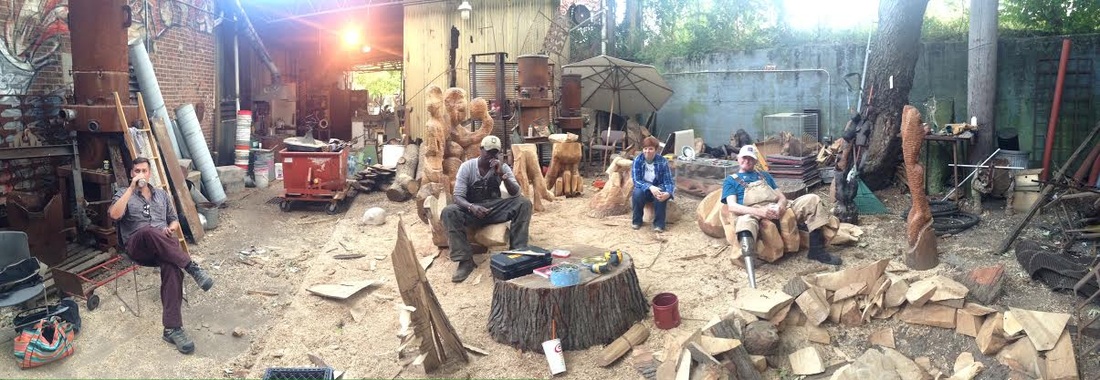
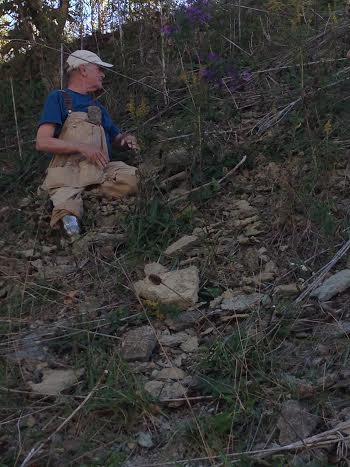
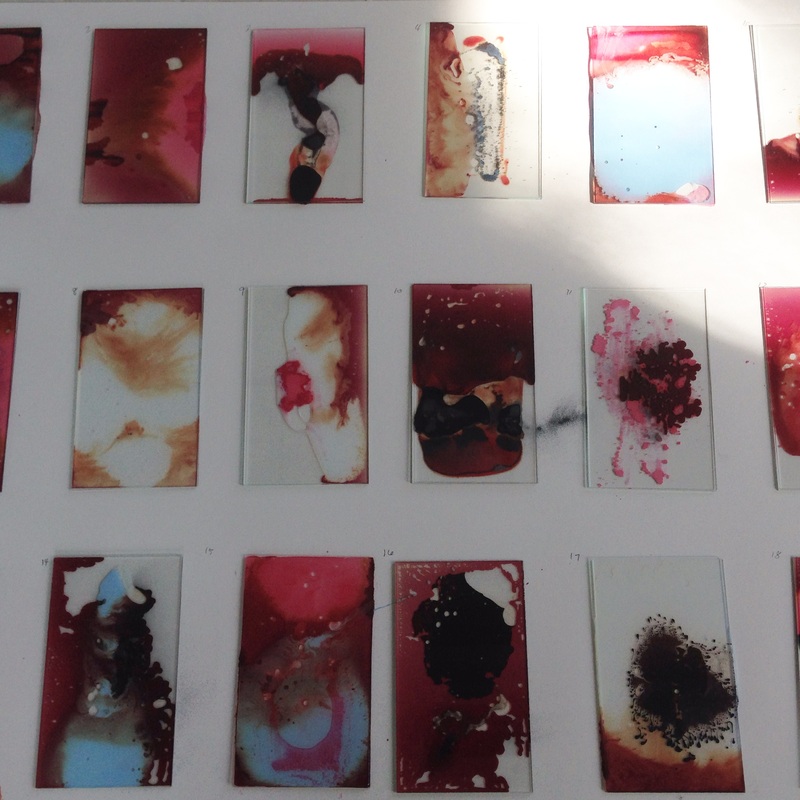
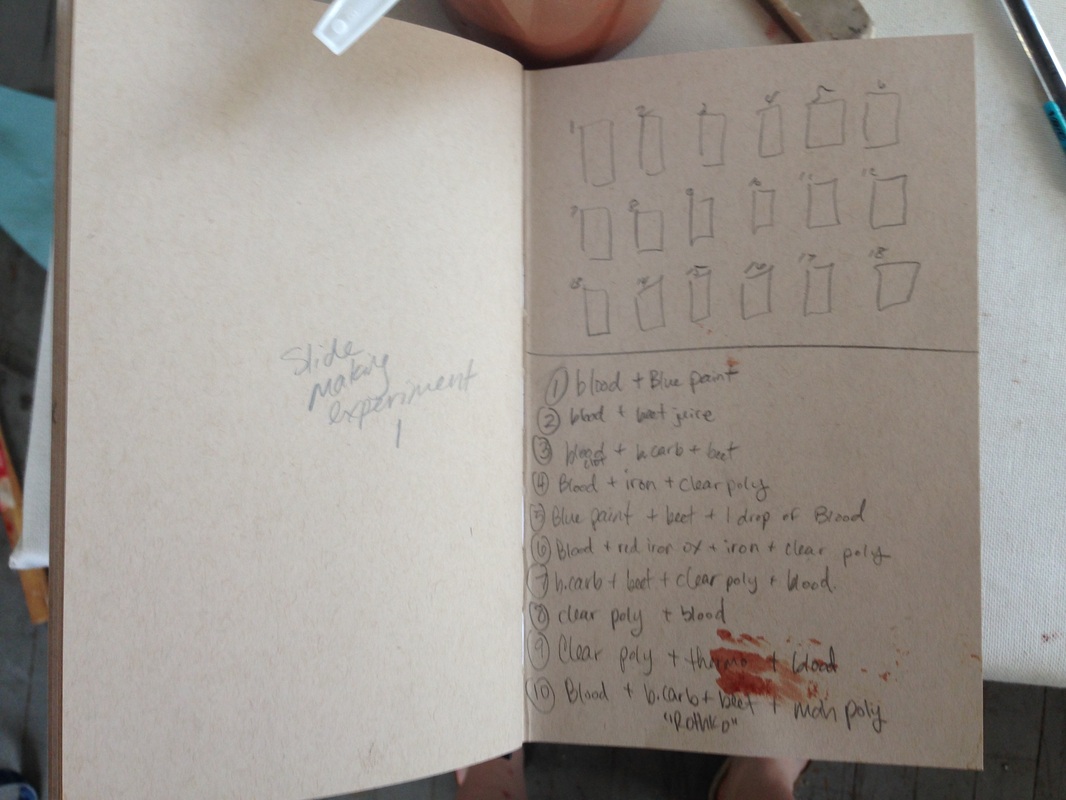
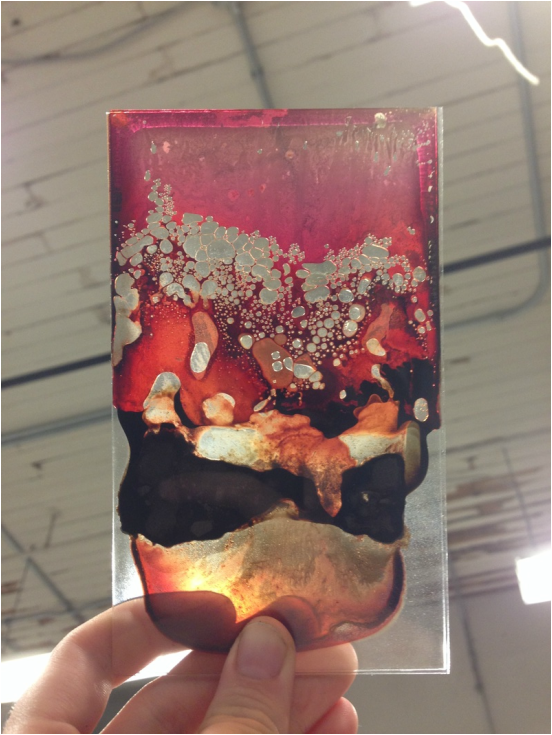
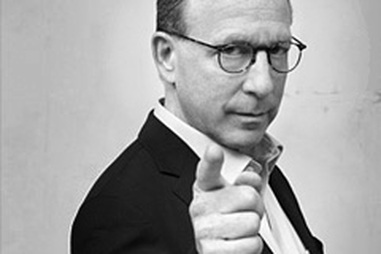
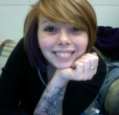
 RSS Feed
RSS Feed
